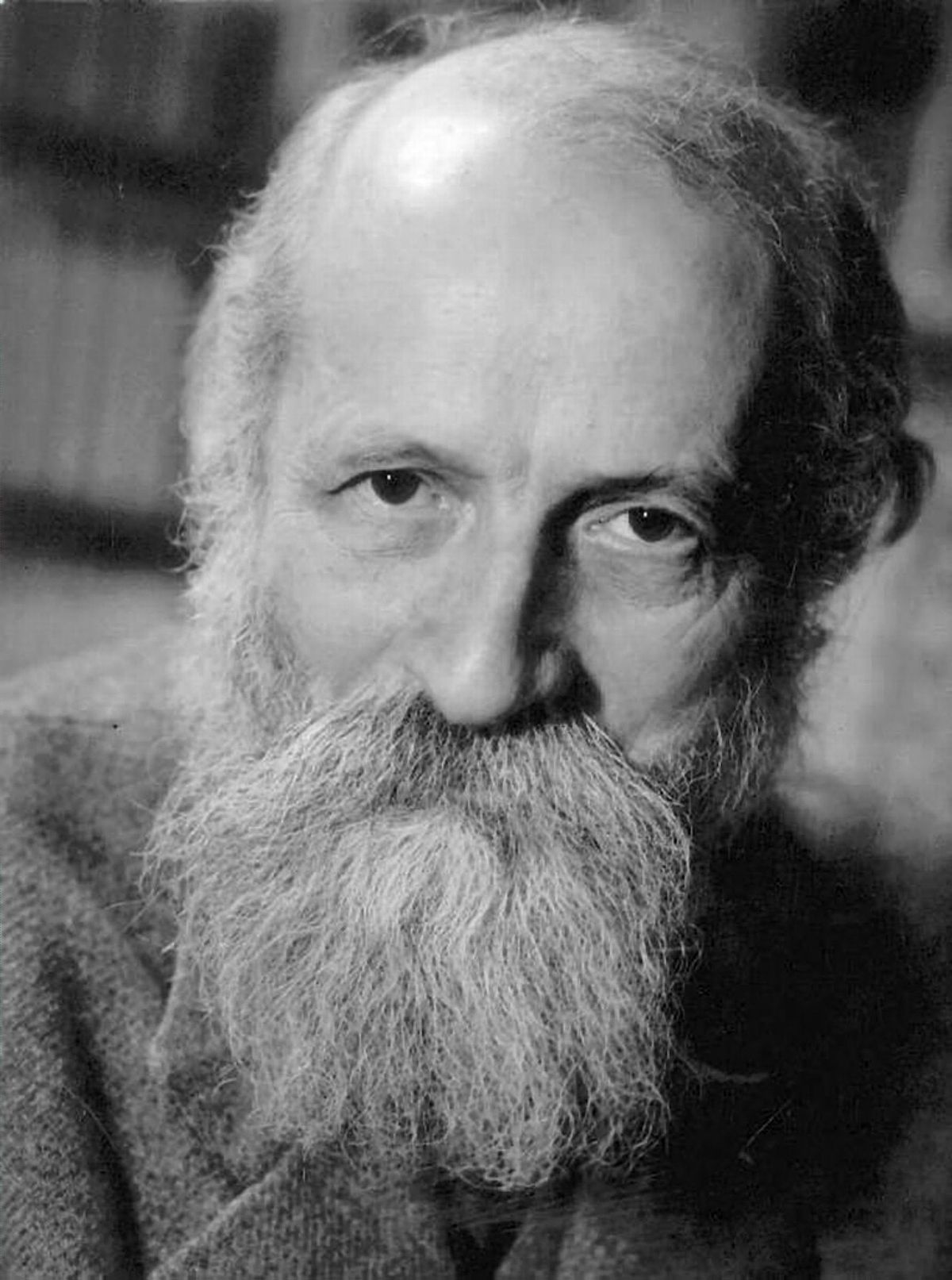A New Finnish Grand Lodge
Finland declared its independence on December 6, 1917 which laid the foundations to establish its own Grand Lodge.
On May 2, 1922, the Grand Lodge of New York, in the spirit of Fraternity, assisted in the founding of the Grand Lodge of Finland. The Finnish automobile engineer Brother J.E. Tuokkola alongside lawyer and Brother Toivo H. Nekto (who attended law school in New York) started working on establishing the first Finnish Masonic Lodge, Suomi Lodge 1. Both Brothers Tuokkola and Nekto returned to Finland from the US and labored together to draw up a charter-member list of prospective members including the world renowned composer Jean Sibelius, General C.G. Mannerheim, Archbishop Gustaf Johansson, architect Lars Sonck, painter Pekka Halonen and composer Robert Kajanus. On August 14th, 1922, with hopes that Sibelius would serve as the Lodge Organist, it was recorded in the minutes that Jean Sibelius would compose “original, genuinely Finnish music for the lodge”. Other music performed in the Lodge, at first on a Mannborg harmonium, were classical works by Mozart, Beethoven and unique Masonic Ritual music for the third degree composed by Sibelius in 1922. To this day, Finnish Lodges use the music composed by Sibelius for the Webb ritual.
On August, 22 1922, Most Worshipful Arthur S. Tompkins, U.S. Representative from New York and Justice of the New York Supreme Court, who served as Grand Master of Free and Accepted Masons in the State of New York visited Finland on three occasions: in 1922, 1923 and 1924. MW Tompkins performed an induction to the Order according to the prescribed Entered Apprentice Ritual and Finland’s first Lodge or “Loosi” – the Suomi Lodge No 1 was born. It was an august beginning to a new and truly Finnish Freemasonry in a modern Europe and an example of American Freemasonry’s commitment to the Fraternity worldwide. (Image: Summons to Stated Communication Suomi Loosi (Lodge) No 1, Dec 28, 1922.
The first charter of Suomi Lodge 1.
On May 2, 1922, J.E. Tuokkola sent to New York a request to establish a Lodge. On August 14, 1922, the establishment session of the temporary Suomi Maja 1 Lodge was held in Tuokkola’s residence in Helsinki, at the invitation of Toivo H. Nekton, an American-Finn who was appointed as the Deputy Grand Master of the Finland District. On August 18, 1922, MW Tompkins and four other Masonic representatives from the Grand Lodge in the State of New York led the ritual in the Säätytalo at the first Masonic session of independent Finland where 27 Brothers received all three degrees on the same day. This was followed by the establishment of Tammer Lodge No 2 (in Tampere) and Phoenix Lodge No 3 in 1923 (in Turku). The formal Consecration was performed by MW Tompkins in September 1924 and the Installation of W Bro Axel Solitander (a member of the “twenty-seven” original founders) of Suomi Lodge No 1 as the first Grand Master of Finland. In 1931, a Lodge was established at Abo (Turku) on the southwest coast of Finland.
The 1930s marked a challenging time for Finnish Freemasons during the Great Depression and in the years approaching the Second World War while many groups faced severe persecution across Europe. Membership dipped to 238 in 1938 and the Craft officially suspended activities in 1941 but continued “underground”, especially in the form of charitable work. At the close of the War in 1945, Finnish Freemasonry resumed its operations with zeal and in the booming 1950s expanded with the noted establishment of the Humanities Society which focused on Masonic education, speaking and charity. By the 1970s, membership grew from the original 300 of the 1920s to 4,000 by 1980 and soon culminated into the first Masonic conventions held in Turku and Tampere.
As the Grand Lodge of New York had collaborated with Finnish Freemasons to establish a Grand Lodge, so did the Grand Lodge of Finland collaborate with their Estonian neighbors in the founding of the Grand Lodge of Estonia in 1999. The Grand Lodge of Finland has continued to build amity and Masonic relations with its Grand Lodges in Scandinavia with regular Lodge visits.
Today, Lodge ritual is performed in Finland in Finnish, Swedish, English and German using the ritual developed by the Founding Father of American Masonry Thomas Smith Webb (1771-1819).



